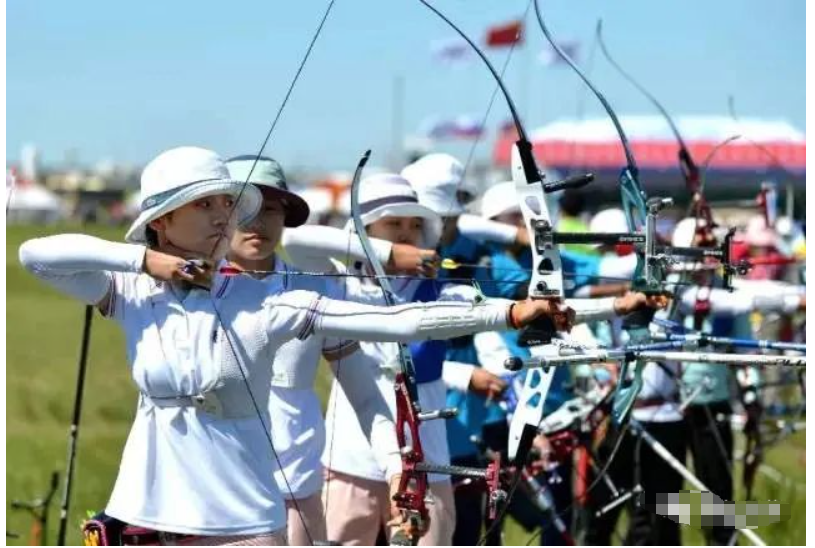Release time:2025-08-08 16:04:25Clicks:author:SPG ArcheryMain categories:Bows, Arrows, Archery Accessories

1. Position: The archer stands on the shooting line, with their left shoulder facing the target. Holding the bow in their left hand, their feet shoulder-width apart, their weight evenly balanced on their feet, and their body leaning slightly forward.
2. Nocking: Nock the arrow on the arrow rest, with the single-colored main feather facing you and the nock notch on the bowstring.
3. Stringing: String the arrow with your right index, middle, and ring fingers, placing the index finger above the nock and the middle and ring fingers below the nock.
4. Pre-Draw: As the archer raises the bow, lower their left arm, rotate their elbow internally, and use their left hand's base to push the bow and secure it.
5. Draw: Using the force of their left shoulder pushing and their right shoulder pulling, the archer draws the bow open, continuing to draw until the base of their right hand rests against their chin.
6. Aiming: While drawing the bow, the archer aligns their eyes, the front sight, and the aiming dot on the target. 7. Release the String: After drawing the bow and aiming, continue to apply force to your right shoulder while rapidly extending the three fingers of your right hand holding the string. The arrow is released.
8. Relax: After the arrow hits the target, relax your left arm, starting with the wrist, then the elbow, then the shoulder, and finally the entire body. This allows the arrow to release the bow and fly toward the target paper. While drawing the string, aiming correctly, and hitting the target requires considerable experience. Each time you shoot, you should maintain a consistent posture and force. However, mental and physical changes occur constantly, and it's impossible to shoot in the same state or manner every time. To achieve the most accurate archery posture, you must learn the techniques and knowledge of archery. After learning, practice repeatedly, constantly adjusting your posture. Practice makes perfect, and eventually you'll develop a posture close to the correct one. This allows you to maintain control even if you experience unexpected mental or physical discomfort without significant deviation. Hold is the most important basic movement for beginners. Hold doesn't mean you're stuck in place. Instead, it means you must naturally relax your fingers after a series of movements and avoid exerting force to cause a pull back.
When shooting arrows, pay attention to the rhythm of your release. If the rhythm changes, your movement has changed.
The purpose of archery isn't to strengthen muscles. When drawing the string, don't use your entire body's strength. Only let your hands expand with force. The shoulder muscles must be relaxed. Only by achieving this can you fulfill one of the requirements for using your mind to draw the bow and shoot the arrow. After inhaling, gently push the air downward, tightening your abdomen, and then draw the bow and shoot. Exhale as slowly and steadily as possible, and exhale completely in one breath. Gently extending the bow hand backward until it is fully extended is the most important condition for releasing the string and holding it.
Practice archery frequently; only with frequent practice can you discuss technique.
Once your archery movements are established, they should not be easily changed.